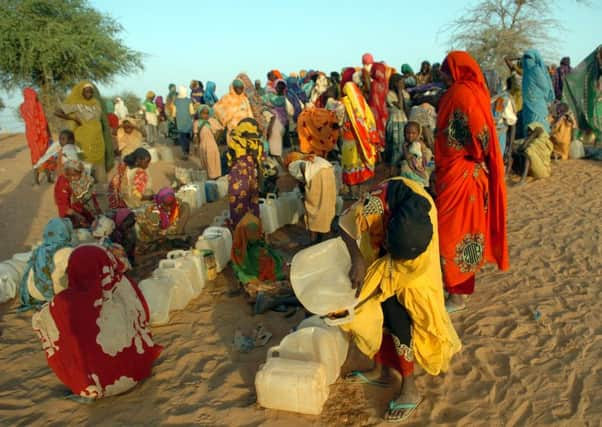Britain hits UN foreign aid target for third year running


Annual statistics released by DFID showed that the £12.1 billion of overseas development aid in 2015 represented exactly 0.7% of the UK’s gross national income.
However, spending on aid fell below the target when measured by new international accounting standards adopted in 2014, which put the level at 0.66%.
Advertisement
Hide AdAdvertisement
Hide AdThe Government has pledged to meet the new standards - which came into effect after spending plans for last year were set - in its aid spending for this year.
Total aid spend in 2015 was up by £437 million (3.7%) compared with 2014.
According to the Independent Commission for Aid Impact, the DFID did not “clearly” communicate to the public that some funding would go to China and India.
It found that even where DFID programmes had been brought to an end, “significant UK aid flows have continued through other channels”.
The report said: “While DFID’s public statements on the subject have been accurate, the earlier publicity given to exit from China and India potentially created an impression that all aid was being phased out.
“Against that background, the reasons for continuing and then scaling up assistance have not been clearly communicated to the UK public.”
The Government announced it would stop sending aid to countries like India and China because their rapid economic growth had made it unnecessary, but it said some “technical assistance” would continue.
Leading recipients of UK bilateral aid in 2015:
Pakistan (£374 million)
Ethiopia (£339 million)
Afghanistan (£300 million)
Nigeria (£263 million)
Syria (£258 million)
India (£186 million)
All of the top 20 recipients were in Africa - which took almost £2.8 billion (55%) of the total - or Asia - which received around £2.1 billion (41%).
Just 3% of spending went to the Americas, 1% to Europe and 0.2% to the Pacific region.